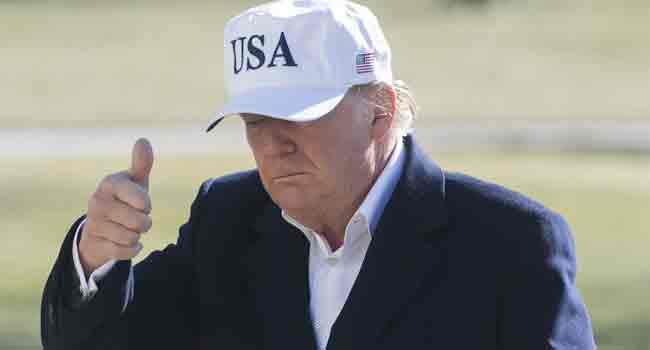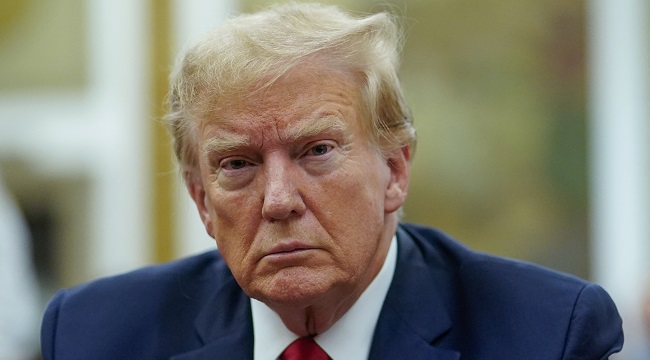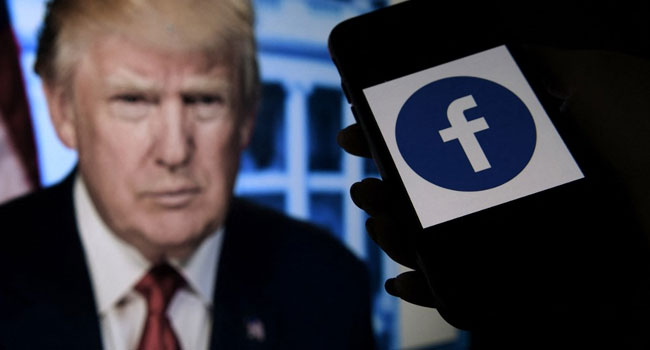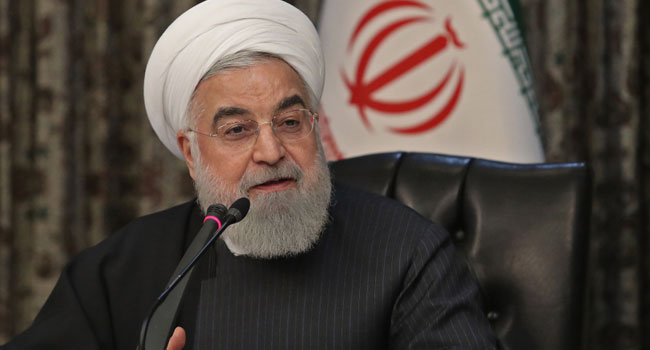
The US unemployment rate fell to its lowest level in 18 years in May as hiring was far stronger than expected and the size of the workforce continued to shrink, the government said on Friday.
With a shortage of workers reported throughout the country and across many industries and skill levels, the latest data confirmed wages are rising.
The jobless rate fell to 3.8 percent from 3.9 percent in April, the lowest level since April 2000, the Labour Department reported.
The economy added 223,000 non-farm jobs last month, stronger than the consensus forecast of economists, and better than the increase of 159,000 in the prior month.
However, the pool of available workers — defined as those working or actively looking for work — continued to decline, with the participation rate falling to 62.7 percent, the report said.
The size of the labour force and the participation rate influences the direction of the unemployment rate.
Even so, the jobless rate for black or African American workers dropped sharply in the month to 5.9 percent from 6.6 percent, the lowest since the government began keeping records in 1972.
President Donald Trump has been touting that figure as a major accomplishment of his economic policies.
Trump broke with protocol by tweeting about the report an hour before release time, hinting the figures would be positive.
“Looking forward to seeing the employment numbers at 8:30 this morning,” he said on Twitter.
The data are kept strictly confidential and subject to tight security to prevent early release since investors worldwide are waiting to trade on the information. But the report is given to the White House a day in advance, although officials never hint at the contents.
Inflation pressures?
With robust hiring continuing — well beyond the monthly average of 179,000 for the past three months — employers have been reporting the need to increase salaries and benefits to attract workers and keep them from being poached by competitors.
The report shows average hourly earnings rose 0.3 percent last month to $26.92, which is 2.7 percent higher than a year ago.
With wage gains finally above the Federal Reserve’s two percent inflation target, the central bank will be watching carefully to see if rising salaries translate into accelerating price increases.
However, the Fed signalled clearly that it is willing to tolerate inflation slightly above two percent for a short period.
The central bank is widely expected to raise the benchmark lending rate at its meeting later this month, the second increase of three or four expected this year.
Ian Shepherdson of Pantheon Macroeconomics said the data were very strong and would impact the Fed’s decisions.
“The Fed will hike four times this year,” he said, adding that “with job growth running much faster than the rate of increase of the labour force — participation remains resolutely flat — unemployment is set to keep falling.”
– Hiring trending up –
Hiring was strong across multiple sectors, although there was a slowdown in manufacturing — contrary to Trump’s repeated claims that the industry is adding workers due to last year’s tax cuts and his trade policies, which have imposed steep tariffs on aluminium and steel.
The manufacturing sector added 18,000 workers, the least since September 2017, retailers added 31,000, while health care rose 29,000 and construction 25,000.
Some other measures in the data showed there may be some slack in the labour market. The number of involuntary part-time workers, those who would rather be working full-time, was steady at 4.9 million.
And the number of people who have given up looking for work — considered marginally attached to the labour force — was also steady at 1.5 million.
The broadest measure of unemployment, which counts these two categories, fell two-tenths of a percentage point to 7.6 per cent last month.
AFP



